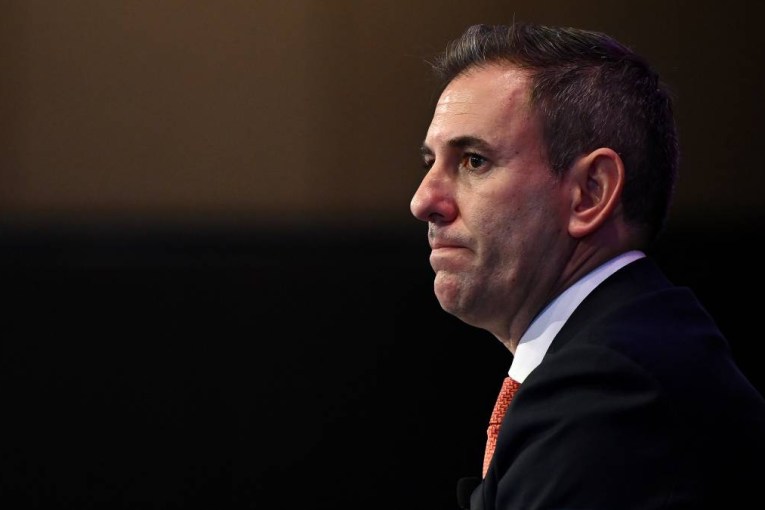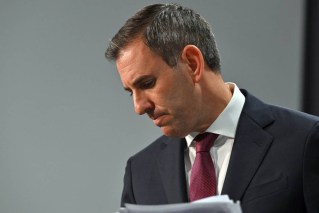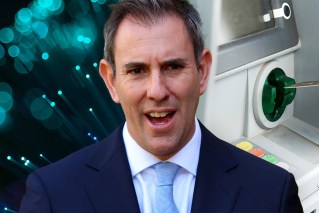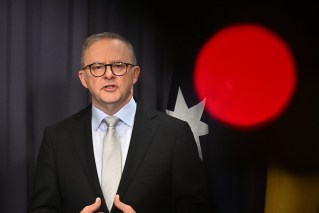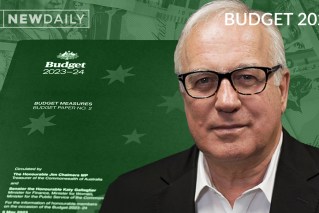Unemployment to stay above pre-crisis levels until 2024: Deloitte

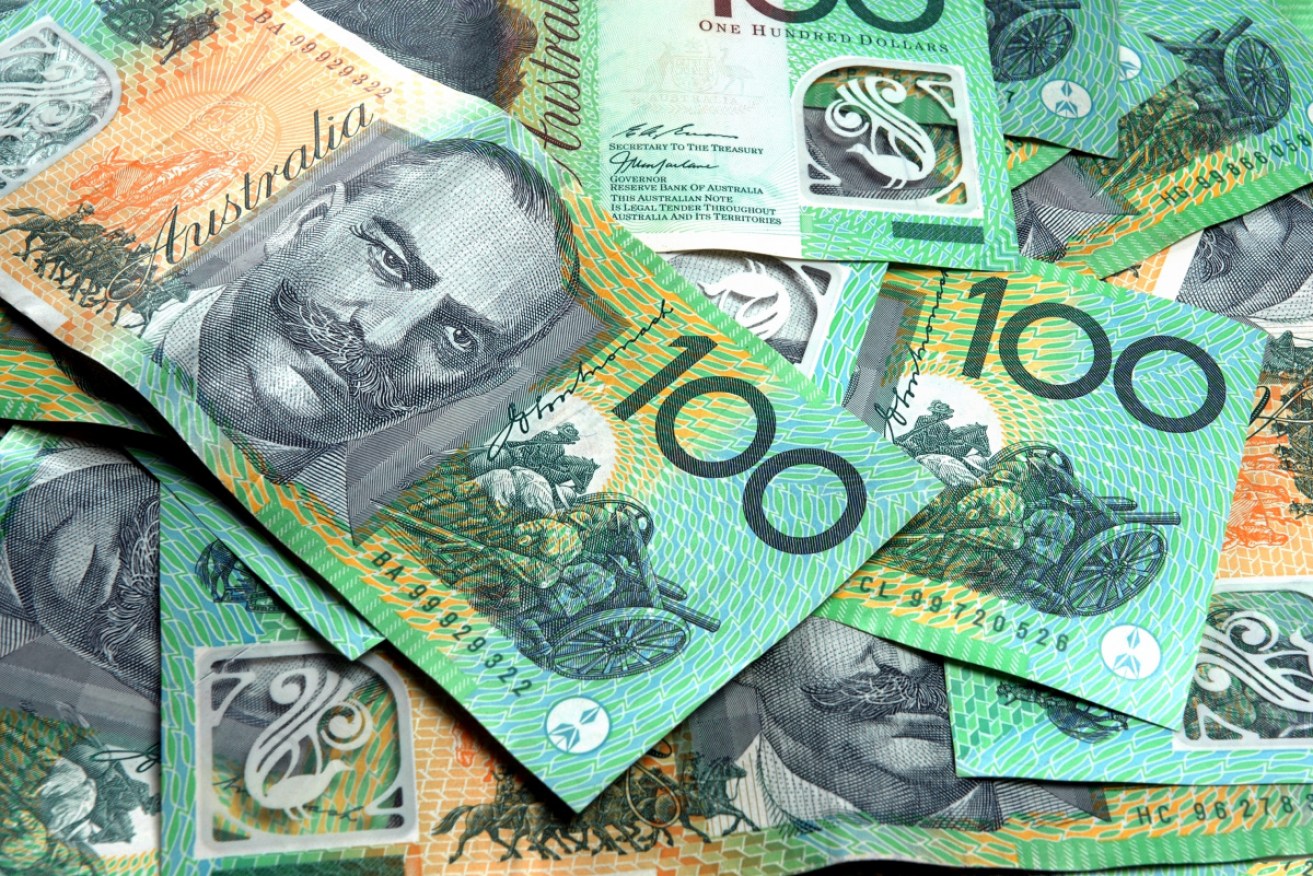
Governments must spend more to protect Australians from a massive economic hit, warns Deloitte. Photo: Getty
Australia’s unemployment rate is unlikely to return to pre-crisis levels until late 2024, Deloitte Access Economics has warned.
Cash-strapped consumers will cut back on spending after suffering “body blows” to confidence, income and wealth.
Nervous business owners will defer investment and assume a more cautious approach to risk.
And weakness in the global economy will slash the price of our exports.
As a result, national income will fall short of official forecasts by $35 billion in 2019-2020 and almost $200 billion in 2020-2021, according to Deloitte’s latest Budget Monitor.
All while the Reserve Bank is frozen on the sidelines, unable to stimulate the economy with more cuts to rock-bottom interest rates.
“So, our nation will begin its recovery with unemployment high, the private sector scared, the Reserve Bank tapped out, and prices for our key exports weak,” Deloitte Access Economics partner Chris Richardson said.
That says Australia’s recovery will be strikingly dependent on the extent to which our governments – federal and state – switch their policies away from the virus sprint and towards the recovery marathon.”
Mr Richardson’s forecasts assume the government will withdraw the JobKeeper wage subsidy and return JobKeeper to pre-crisis levels in September, as repeatedly promised.
But this will only limit the national income shortfall to 10 percentage points below the government’s last round of forecasts for 2020-2021, rather than 10.8 percentage points below the forecasts (known as the Mid-Year Economic Fiscal Outlook, or MYEFO).
Tweet from @MichaelPascoe01
Next steps for government
“That’s why there’s a very strong case for federal and state governments to keep going hard and going smart through this recovery – accepting a further period of higher deficits (for example, due to more infrastructure spending) and championing a new round of much-needed economic reforms,” Mr Richardson said.
Echoing calls from previous economists, Mr Richardson said the government must now turn its attention to fighting unemployment, after enjoying early success in flattening the curve of infections.
Policymakers should consider keeping in place a scaled-back version of JobKeeper for the hardest-hit small businesses, Mr Richardson said, as well as ramping up infrastructure spending, and passing productivity-enhancing reforms.
Mr Richardson said the government should keep its foot on the gas pedal until unemployment is back below pre-crisis levels.
“Our defence against the coronavirus has been world leading. But just beating back the virus isn’t enough. The ‘mission accomplished’ signs can’t be put up until unemployment is back at 5 per cent,” he said.
“On our forecasts, that doesn’t happen until late 2024.”
What’s more, Mr Richardson said ultra-low interest rates mean the government’s coronavirus spending will only cost the average taxpayer around $3 a week – another reason why the government should not crimp growth by rushing to pay off its freshly acquired debt, he said.

Treasury expects unemployment to double. Photo: AAP
How the virus will affect the federal budget
Based on current spending forecasts, Mr Richardson said the federal government will run an underlying cash deficit of $143 billion this financial year and $132 billion next financial year, with matching fiscal deficits of $143 billion and $133 billion respectively.
In December, the government had forecast a budget surplus of $5.0 billion in 2019-2020 and $6.1 billion in 2020-2021.
“That difference – $286 billion across this year and next – is to be celebrated,” he said.
“Most of those dollars relate to the current six months, and mean the incomes of families and the profits of businesses will be about one-third stronger across these six months than they’d otherwise be.”
Mr Richardson said the biggest hit to the budget will come from lower tax revenues.
Personal tax revenues will be $14 billion lower than the MYEFO forecasts in 2019-2020 and $37 billion lower in 2020-2021, while profit taxes will fall shy of the official forecasts by $8 billion this financial year and $26 billion the following year, mostly because of plunging company tax revenues.
And large falls in GST will see indirect tax revenues drop below official forecasts by $6 billion this year and a further $10 billion next.
Meanwhile, Mr Richardson estimates the coronavirus stimulus measures will cost the federal budget $199 billion – $10 billion less than forecast.
“We’ve allowed for a saving of $10 billion on the announced costings: Partly on the cash grants to small businesses, partly as businesses may not take up the investment allowance to the extent assumed when it was announced, and partly because JobKeeper has been a bureaucratic jungle (as well as a stunning success), so there’s an outside chance that it too ends up a smidge cheaper than announced,” Mr Richardson said.
The budget deficits will continue into 2021-2022 and 2022-2023.
Mr Richardson forecasts cash underlying deficits of $52 billion in the former and $33 billion in the latter, with matching fiscal deficits of $50 billion and $34 billion.
Federal Treasurer Josh Frydenberg will deliver an economic update to parliament on Tuesday.
